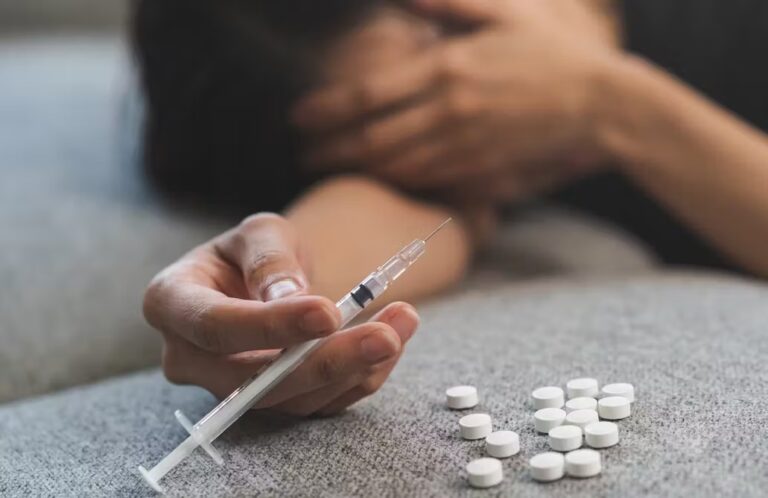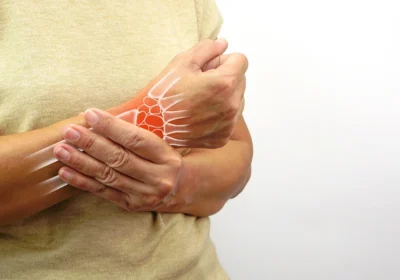
Opiate Addiction Recovery: From Despair to Hope
Defining Opiates
Opiates include prescription pain relievers like oxycodone, hydrocodone and codeine, as well as illicit substances like heroin. These drugs bind to opioid receptors in the brain, producing pain relief and euphoria. Long‑term use can alter brain chemistry, resulting in physical dependence and intense withdrawal symptoms when the drug is reduced or stopped.
Recognising Dependence
Physical signs: Constipation, pinpoint pupils, drowsiness and breathing problems.
Behavioural changes: Compulsive use despite negative consequences, doctor shopping and neglect of responsibilities.
Withdrawal symptoms: Anxiety, muscle aches, nausea, diarrhoea and insomnia.
Treatment Outlook
The recovery process begins with medical detox to ease withdrawal symptoms and stabilise the individual. Evidence‑based therapies such as CBT and DBT help clients understand the thoughts and emotions that drive their substance use. Medication‑assisted treatment using buprenorphine or methadone may be employed to reduce cravings and prevent relapse. Group therapy provides peer support and accountability, while individual counselling addresses trauma and mental health concerns.
Holistic Healing and Ongoing Support
Lift Off Recovery emphasises holistic care, incorporating yoga, meditation, art therapy and nutritional guidance to promote mind–body wellness. After completing inpatient or outpatient programmes, clients participate in aftercare services such as sober living, alumni groups and continued therapy. To learn more about overcoming opiate dependence, explore opiate addiction programs and take the first step toward a healthier future.


















